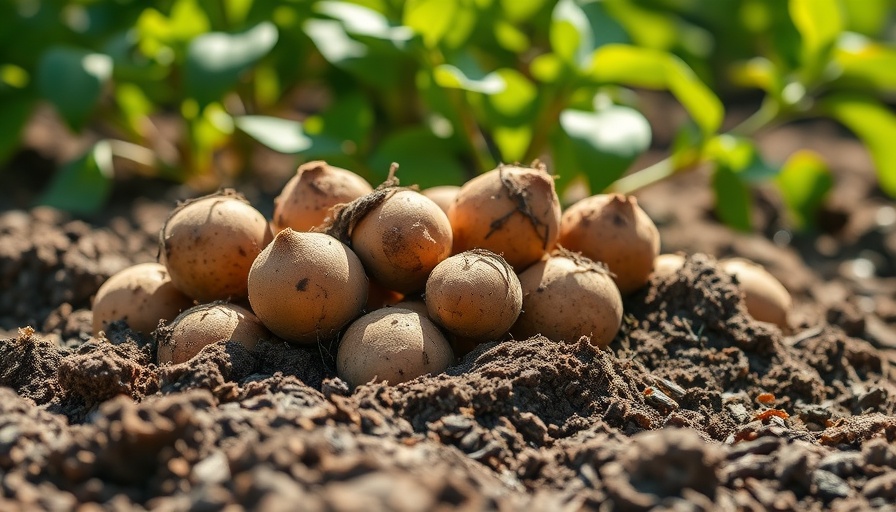
Packing Your Vegetable Garden with Flavor: Top Companion Plants for Potatoes
Growing potatoes (Solanum tuberosum) isn’t just about harvesting delicious, homegrown tubers. It’s also about cultivating an environment where your plants can thrive alongside each other. Attracting beneficial insects, improving soil health, and warding off pests are some of the key reasons why companion planting is essential in your backyard garden. In this article, we explore some of the best companion plants you can grow together with potatoes, ensuring not only a bountiful harvest but also enhancing your gardening experience.
Why Companion Planting Matters
Companion planting is a time-tested agricultural approach that involves growing different plants in proximity for mutual benefit. When specific plants are grown together, they can naturally deter pests, boost growth, and improve the overall health of their garden neighbors. For instance, growing basil near your potatoes can enhance their flavor, while marigolds help in keeping harmful nematodes at bay. Discovering the magic of nature’s partnerships can transform your approach to gardening.
Our Top Companion Plant Picks
Here are 31 companion plants that harmoniously enhance the growth of potatoes:
- Alfalfa
- Basil
- Borage
- Chives
- Cilantro
- Garlic
- Marigolds
- Onions
- Peas
- Spinach
- Sunflowers
- Oregano
- Thyme
- Dill
- Sweet Alyssum
- Tansy
These plants not only promote healthy growth through pest control and soil enhancement but can also bring color and life to your garden. While we discuss many, I’d like to spotlight a select few for further insight.
Alfalfa: A Natural Ally
Alfalfa (Medicago sativa) is much more than livestock fodder. This perennial legume enriches the garden soil and helps repel Colorado potato beetles, making it an excellent companion for potato plants. Grown between potato rows or around beds, alfalfa offers numerous benefits while being easy to manage. Its deep roots store nutrients and moisture, shared with neighboring crops.
Basil: The Flavor Enhancer
Basil is not only a culinary favorite but also an effective companion for potatoes. Its aromatic leaves distract and repel pests, promoting a healthier potato crop. Additionally, its strong smell can enhance the flavor of potatoes, making every bite just a little more delightful. Why not plant some basil near your spuds and enjoy the aromatic duo?
Marigolds: Nature’s Pest Control
Marigolds, known for their bright blooms, do wonders in the garden by keeping nematodes and other pests at bay. When planted alongside potatoes, these cheerful flowers offer a visual treat while ensuring harmful insects steer clear. They act as a natural pest deterrent, providing an extra layer of protection for your cherished crops.
Combining Beauty and Function
Incorporating companion plants into your potato patch can significantly elevate your gardening experience. Not only do they provide practical benefits such as pest control and improved yields, but they also add beauty to your vegetable garden. Together, the vibrant flowers and lush greenery create a more aesthetically pleasing environment.
Actionable Insights for Successful Planting
To achieve optimal results, consider these practical tips:
- **Diversity is Key**: Aim for a mix of plants to create a symbiotic ecosystem.
- **Rotate Crops**: Practice crop rotation annually to prevent soil depletion.
- **Soil Health Matters**: Enhance soil with organic compost to support all plant types.
- **Monitor Growth**: Regularly check for benefits or drawbacks among companion plants.
Embracing the art of companion planting not only cultivates a thriving garden but also enriches your overall gardening experience.
 Add Row
Add Row  Add
Add 




Write A Comment